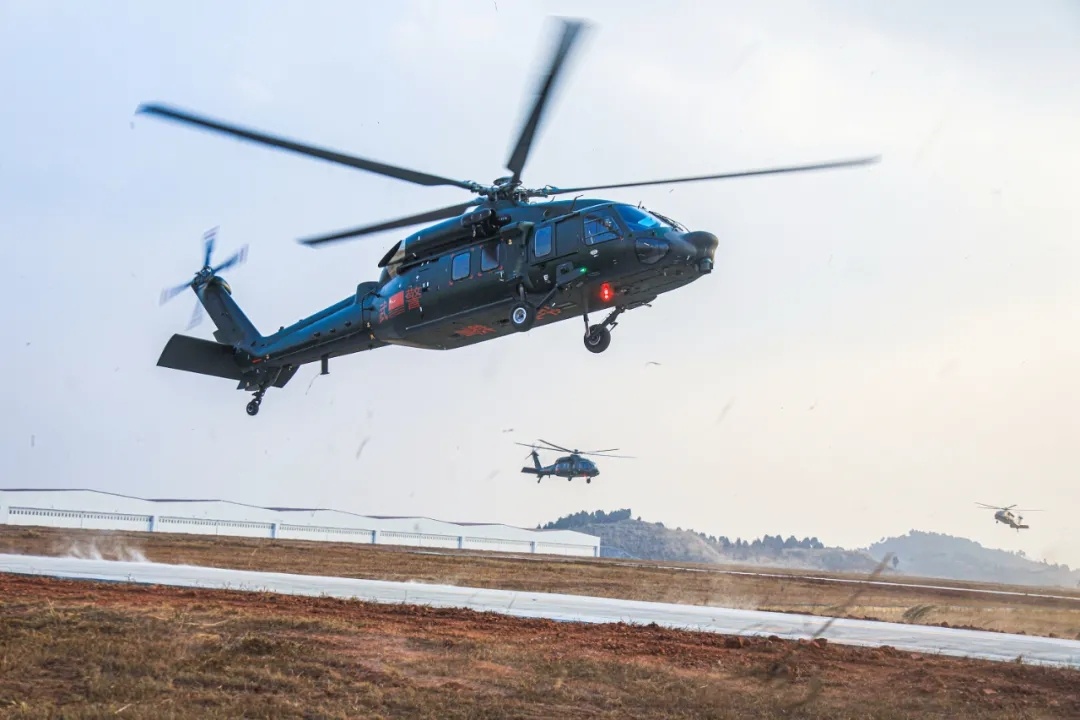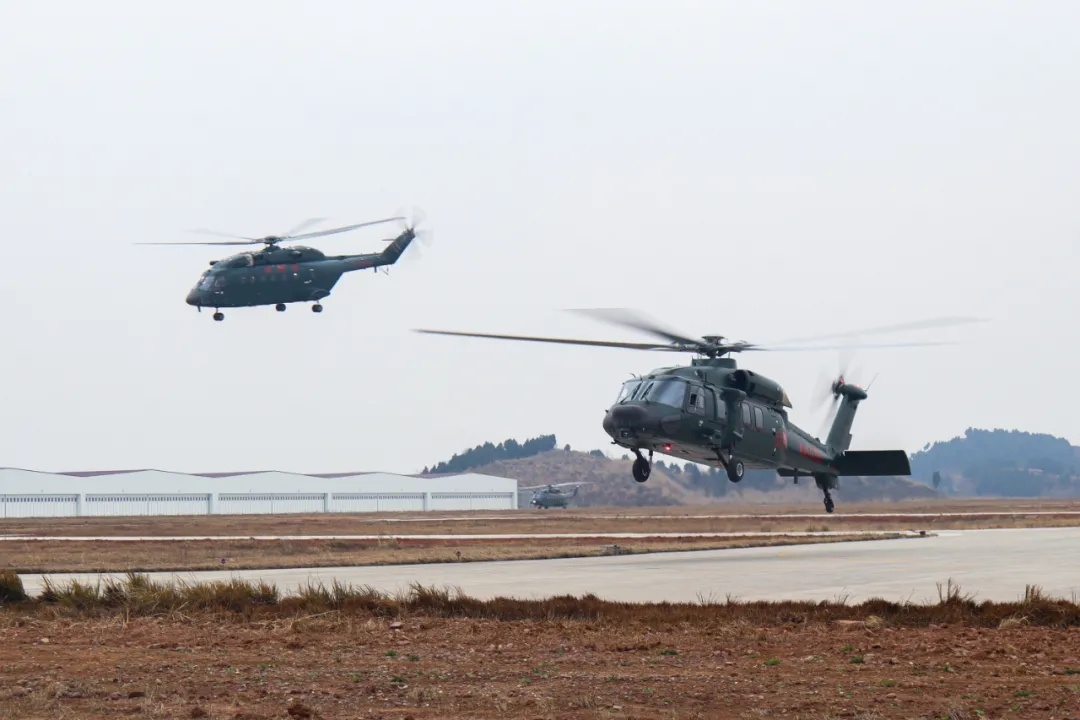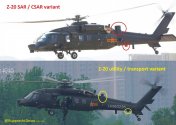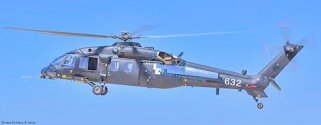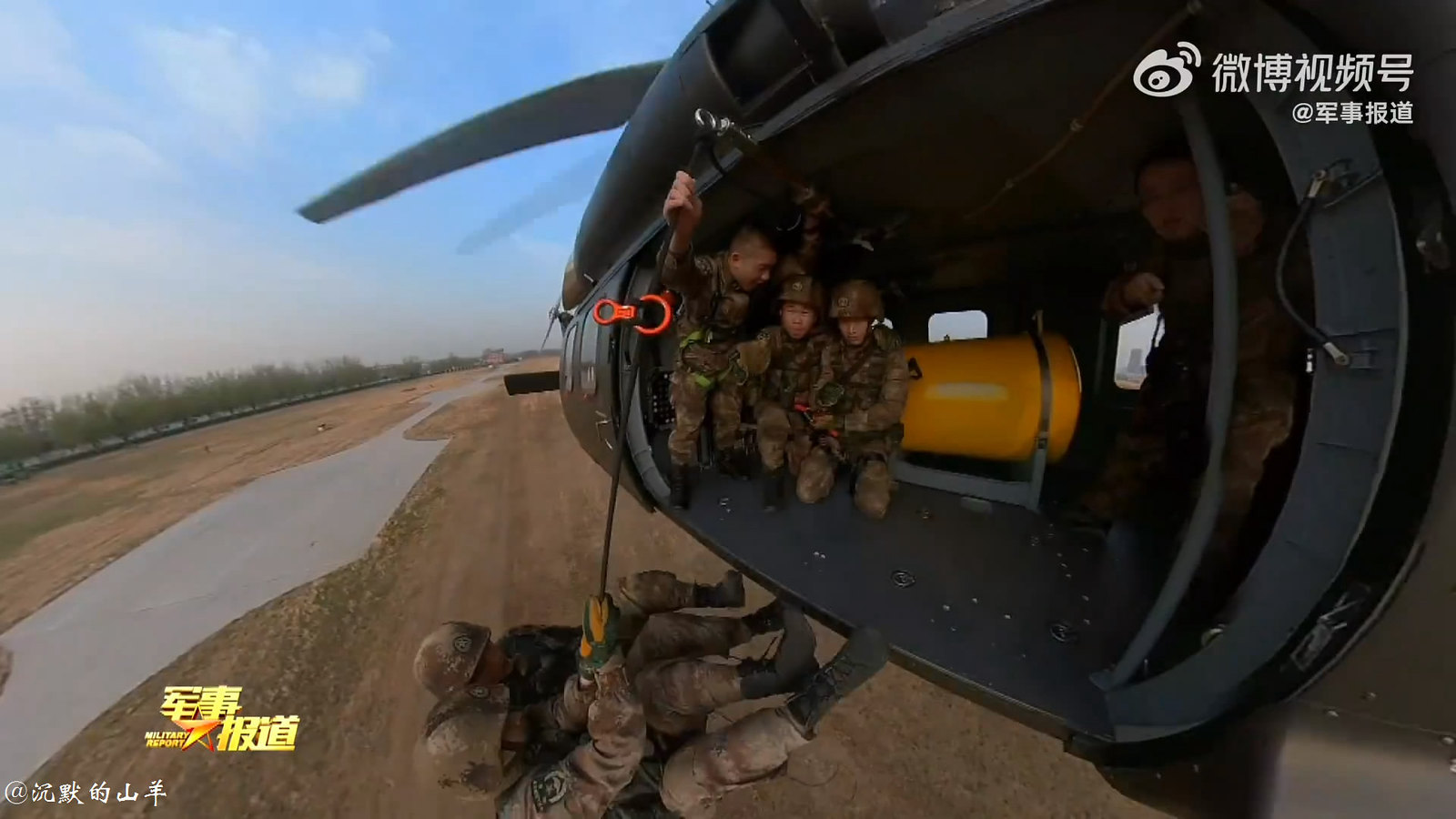I was a little surprised to hear that too, but it does make some sense. Harbin was involved in the development process of Z-10 also. Given their experience with assault helicopter, it's quite likely Harbin will be tasked with producing large portions of the helicopter. Final assembly isn't the only limiting factor for production. Similarly, other factories and suppliers in China would need to support production of Z-8, Z-10 and Z-20s. Even with the elevated production level of helicopters in China, it probably still has a ceiling for normal times.Why is that? Z-10 is produced by Changhe whereas Z-20 is by Harbin. They don't share the same engine.
A little more though on the Z-20 project and WZ-10. At this point, I think Z-20 is already quite good. Since WZ-9 had a 20% power bump to WZ-9G, it will not surprise me if a new WZ-10 variant will come out in 10% power bump in a couple of years. Additional power allows them to carry more payload on a sling. That would be important in any Taiwan or Tibet or Xinjiang scenario.
The biggest capability jump will be for PLAN, so that they can finally get past Z-9Cs. Hypothetically, a large expanded PLAN could have 24 Type 055s (8 per fleet), 36 052D (12 per fleet) and 48 054B (16 per fleet). Along with that, we could 8 large carriers and 8 LHDs.
Just based on that, we would need
48 Z-20s for Type 055s (2 per)
84 Z-20s for 052D/054B (1 per)
24 Z-20s for carriers (3 per)
48 Z-20s for LHDs (6 per)
Again, this could entirely be an overestimate. But that would be a need for 200 Z-20s from PLAN alone. Of course, we may never get to this point if a follow up class succeeds Z-20 by 2035. But the potential need for naval Z-20 is quite vast at the moment.


